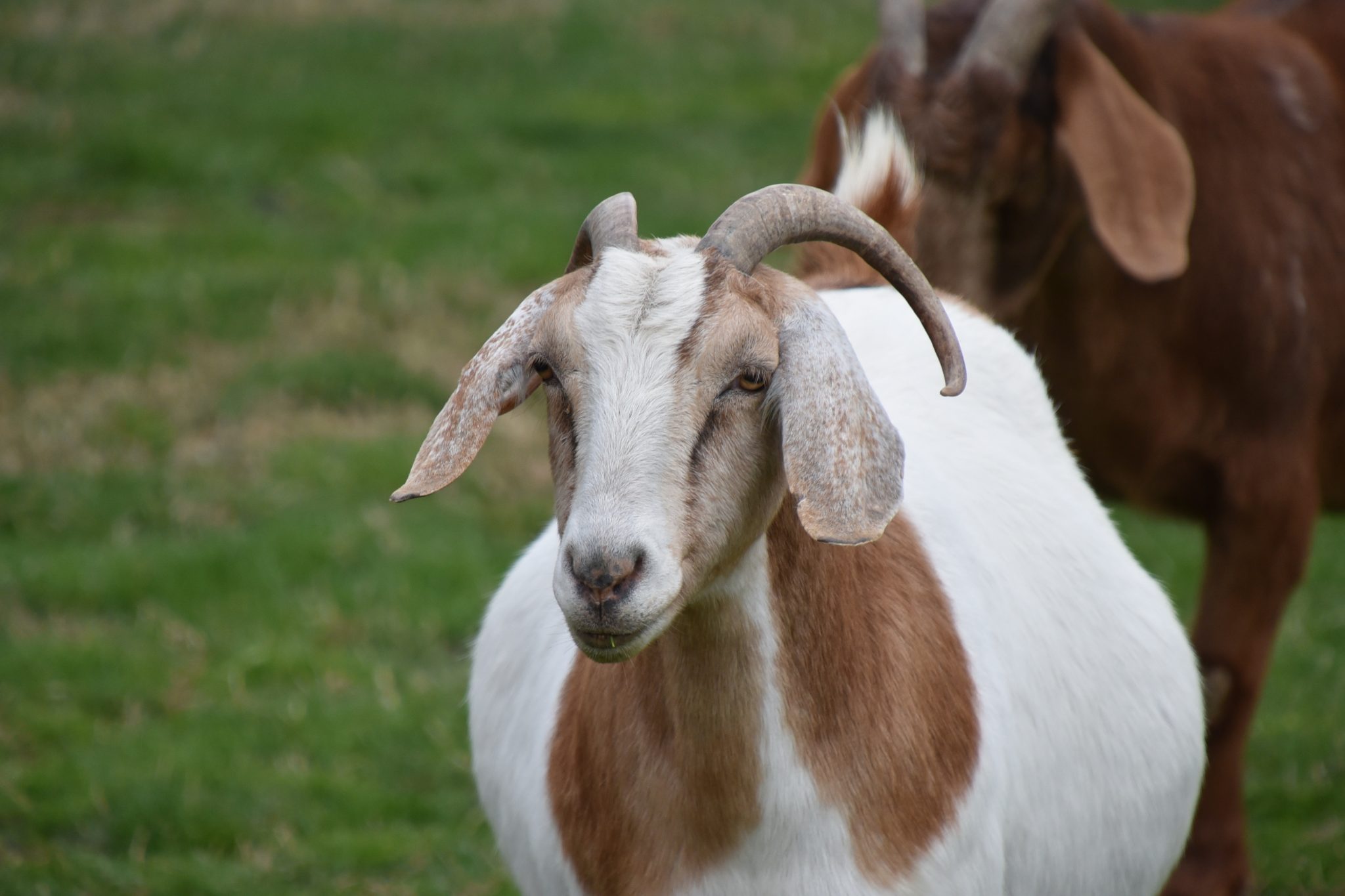Animals

Goat herds generally have a 2 to 5 % abortion rate. Any percentage above this is a serious problem because abortions can lead to economic losses. Infectious abortion in a doe herd is a public health concern since infectious agents can infect and cause zoonotic diseases. This means that diseases can be transmitted to humans. Therefore, infectious abortions should be taken seriously by the producer and the herd manager.
Disease Causing Bacteria
The most common microorganisms that cause abortions in goats are listed below. These infectious agents are associated with abortion outbreaks that can range from 25 to 30 % in a season.
- Chlamydiosis (Chlamydia psittaci)
- Toxoplasmosis (Toxoplasma gondii)
- Brucellosis (Brucella melitensis)
- Query or Queensland (Q) fever (Coxiella burnetii)
- Listeriosis (Listeria monocytogenes)
- Leptospirosis (Leptospira spp)
Common Abortion Diseases in Goats
The following are common diseases that may cause abortions in goats. Note. Consult your local veterinarian before using any drugs mentioned in the following text. You will also need to know potential side effects and when to stop administering the drug.
Chlamydiosis (Enzootic Abortion)
Chlamydiosis is the most frequent cause of abortion in goats in North America. It is associated with pneumonia, pink eye, inflammation of epididymis (a part of the buck’s reproductive system), and inflammation of the joints. It can be transmitted to does through the direct contact of feces from infected pigeons and sparrows. Chlamydia can also be transmitted to goats by blood-sucking insects. Chlamydia multiplies in the blood and may be found in the reproductive organs, fetuses, and in the placentas of does. It can lead to abortions and, if left undiagnosed and untreated, will spread within a herd.
Treatment and Prevention
Infected does should be treated with a tetracycline antibiotic, such as oxytetracycline and chlortetracycline administered intramuscularly (IM), which means deep into muscle tissue. In an outbreak, administering 250 mg/head (per animal) each day for three weeks is recommended.
Toxoplasmosis
Toxoplasmosis is caused by the Toxoplasma gondii (T. gondii) microorganism. It is another common cause of infectious abortion in goats, other animals, and in humans. Cats are carriers of T. gondii. Cats often defecate and bury their feces in hay and in food storage areas of barns. Does can become infected by eating food or drinking water contaminated by feces.
In pregnant does, T. gondii can invade and multiply in the placenta, passing to the fetus, which can cause fetal death, fetal mummification (where the doe reabsorbs the fetal fluid), stillbirths, or weak kids at birth. In some cases, the pregnancy can progress normally, and the doe can give birth to a normal kid. Abortions from this microorganism occur mainly in the last trimester of pregnancy and may occur in does of all ages and in pregnancies that follow.
Treatment and Prevention
Feeding does decoquinate (antiparasitic medication) at a rate of 2 mg/kg bw (body weight) each day or monensin at a rate of 15 to 30 mg/head each day throughout pregnancy may reduce the abortion rate in a herd with a history of toxoplasmosis. Synthetic (man-made) sulfonamides are commonly used to treat toxoplasmosis in goats. The antibiotic clindamycin (12.5 mg/kg, IM/BID (twice daily) for three weeks) is also recommended. There is no vaccine available in the United States for toxoplasmosis in goats.
Brucella
Brucellosis, also known as undulant fever or Malta fever in humans, is caused by the bacteria Brucella melitensis. Goats can be infected by Brucella melitensis–a specific strain that causes disease in goats–or Brucella abortus–a specific strain that causes disease in cattle–by ingesting Brucella from contaminated feed, pasture, or water.
Brucella then spreads through the blood and becomes localized in the lymph nodes, udder, uterus, testes, and spleen. Infected does show signs of fever, depression, weight loss and diarrhea. These symptoms can also be accompanied by lameness or mastitis (inflammation of the mammary gland). Infected bucks may develop orchitis, an inflammation of the testicles.
In pregnant does, Brucella can be localized in the placenta leading to the development of placentitis (inflammation of the placenta) with subsequent abortion, commonly around the last month of pregnancy.
Treatment and Prevention
There is no treatment for brucellosis in goats. It is mandatory to eliminate infected animals. Vaccination of goats is not permitted in the United States.
Diagnosis of Infectious Abortions in Goats
Accurate diagnosis is based on the history of the herd, clinical signs, and characteristics of the placenta.
- Never ignore abortions in a goat herd. Conduct a thorough investigation immediately.
- Isolate the animal from the herd and keep it in a quarantine pen for further examination.
- To facilitate the diagnosis, keep detailed records and accurately identify each aborting animal and the stage of pregnancy at which the animal aborted.
- Refrigerate (avoid freezing) the fetus and placenta of an aborted kid, mark the package with correct identification of the doe, and send to a diagnostic laboratory.
- Wear plastic gloves when handling aborted fetuses. The gloves should be burned to prevent environment contamination.
- Consult the diagnostic laboratory prior to submitting your sample. The diagnostic center should be aware of the infectious agent most likely to be present in the area.
- Note. Diseased tissue requires proper handling.
- Be aware that certain classes of dewormers and poisonous plants can cause gradual abortions or stillbirths and be mistaken as infectious agents.
- Consult your local veterinarian when you suspect infectious abortion in your herd. This might constitute a public health issue. Your veterinarian can guide you on the proper treatment and prevention procedures.

